Whether they are implemented in Latin America (1970-90s), in the UK (under Thatcher) or in Greece (since 2012), austerity measures are all justified by the fact that “there is not enough money.” People are told that “there is no alternative,” and that the state needs to implement structural adjustment programs—usually including across-the-board spending cuts—to restore investors’ confidence and to hope for a better future.
What if this shortage of money could be overcome? What if this problem was ultimately the wrong one? What if we could have money for everything we needed?
In her latest book, The Production of Money: how to break the power of Bankers, Ann Pettifor argues that:
- YES the society can afford everything that it needs,
- YES we are able to ensure enough money for education, healthcare, sustainable development and the well-being of our communities,
- YES we can discard money shortage, contrary to the human or physical (land and resources) ones.
However, one condition needs to be fulfilled: our monetary system should be well-regulated and managed.
To understand how and why, Ann Pettifor takes us back to basics. She starts by defining money as a “social construct based primarily and ultimately on trust”. One of the reasons why we use money in the first place is because we know that others will accept it in the future; it is the means “not for which we use to exchange goods and services, but by which we undertake this exchange” (Law). Your 100-dollar bill would be worthless if others didn’t accept it. The value of money depends on the “acceptance” of money, i.e. on the trust you and others have in money.
Contrary to popular belief, 95% of (broad) money (i.e. cash and coins + bank deposits) is created by private banks and not by the central bank. When a bank makes a loan to a firm, it creates simultaneously a deposit account from which the firm withdraws the loan. Money is therefore created “out of thin air” when the account of the borrower is credited—i.e. when loans are made. This has two implications:
- When money is created, so is debt. This debt needs to be repaid. Ann Pettifor uses the example of a credit card which allows you to purchase goods and services today. The spending (= purchasing power) on a credit card “is created out of thin air”. You will ultimately need to pay back the amount spent plus a pre-agreed interest rate. Money is therefore a promise of a future productive value.
- The money supply depends on private borrowers and their demand for loans. Central banks influence (but do not control) the money supply by increasing or decreasing the cost of borrowing with their policy interest rate. Money creation is therefore a bottom-up process rather than a top-down one.
Does this mean that we should create as much money as people want loans? Of course not. According to Ann Pettifor, there are constraints that make unlimited borrowing impossible: inflation (and deflation). Indeed, if money is not channeled toward productive purposes, the claim associated to it might not be reimbursed. In other words, the promise of a future productive value might not be fulfilled. When there is too much money “chasing too few goods and services”, reflecting over-confidence in the economy, it results in inflation, eroding the value of assets (such as pensions). Similarly, when there is not enough borrowing (either because borrowers need to repay their debts, as it has been the case in Japan and the US right after the last recession, or because the cost of borrowing is effectively too high), reflecting distrust in the ability to repay debt, deflation steps in.
Therefore, as money can be created “out of thin air”, there is no reason to have a shortage of money as long as it is channeled towards productive purposes. An unlimited amount of money can be created for projects that will ultimately result in the production of value, which will allow the repayment of debt. However, the author does not define what “value” or “productive purposes” are, which in my opinion is the main drawback of the book.
Although Pettifor does give some hints by opposing “productive purposes” to “speculative” ones and by associating “value” to the notion of “income, employment and sustainability”, her approach is rather imprecise and in this sense disappointing. To her credit, defining value is a difficult task, especially if we want to define what is valuable to the society as a whole. Pinning down the definition of value is, in my opinion, ultimately a political debate. If one considers that democracies reflect “collective preferences”, it can be said that societies decide through elections on what is most valuable to them at a given point in time.
Unfortunately, the current monetary system does neither enable nor guarantee that money and credit are used for productive purposes. It is characterized by “easy” and “dear” money; the former refers to unregulated and easy access to borrowing, while the latter conveys the idea of expensive borrowing, i.e. with loans charged at high interest rate. The issue with this system is that (1) with unregulated borrowing, money will be used for unproductive purposes, (2) with high interests, debtors will meet difficulties reimbursing their loans.
Such a system is harmful to society. In the words of Ann Pettifor:
“If rates of interest are too high, debtors have to raise the funds of debt repayment by increasing rates of profits, and by the further extraction of value. These pressures to increase income at exponential rates for the repayment of debt implies that both labor and the land (defined broadly) must be exploited at ever-rising rates. Those who labor by hand or brain work harder and longer to repay rising, real levels of mortgage or credit card debt. It is no accident therefore that the deregulation of finance led to the deregulation of working hours.”
A sound financial and monetary system would precisely have opposite features, with “tight but cheap credit” (Keynes), in which loans are regulated but cheap. “Tight credit” would ensure the soundness and creditworthiness of loans, while “cheap credit”, secures the affordability and thus the repayment of loans.
Hence, Ann Pettifor makes a remarkable argument by providing an in-depth but accessible insight into the workings of the monetary system and the debates surrounding it. Both economists and non-economists should give it a read.
It is indeed quite astonishing that money, ever-present in our lives, is so poorly understood; even by many economic experts themselves. According to Ann Pettifor, this incomprehension stems from the deliberate efforts of the financial sector to “obscure its activities” in order to maintain its omnipotence. The Production of Money aims at addressing this “crisis of ignorance” by providing an intelligible and comprehensive overview of money in the hope of empowering people against finance’s grip over society.
By Céline Tcheng
Disclaimer: views are my own.
About the Author
Céline grew up between Paris, China and Singapore. After graduating in a Master’s degree in Economics and Public Policy, she now works for a public policy institution in France. In her free time, she coordinates INET (Institute for New Economic Thinking) YSI (Young Scholars Initiative)’s Financial Stability Working Group and performs with her dance crew “Slash Art”. Her main interests are: macroprudential policy, financial stability, monetary policy. Follow her on Twitter: @celine_tcheng

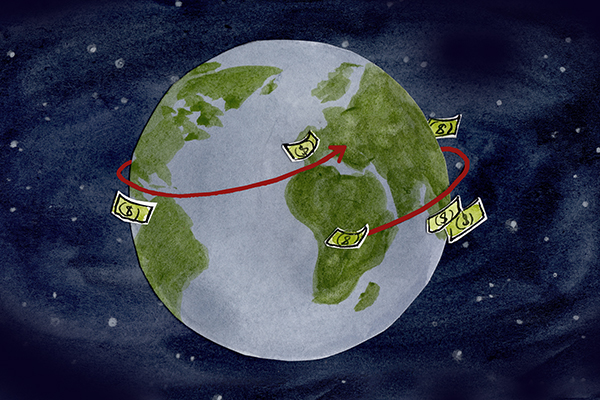
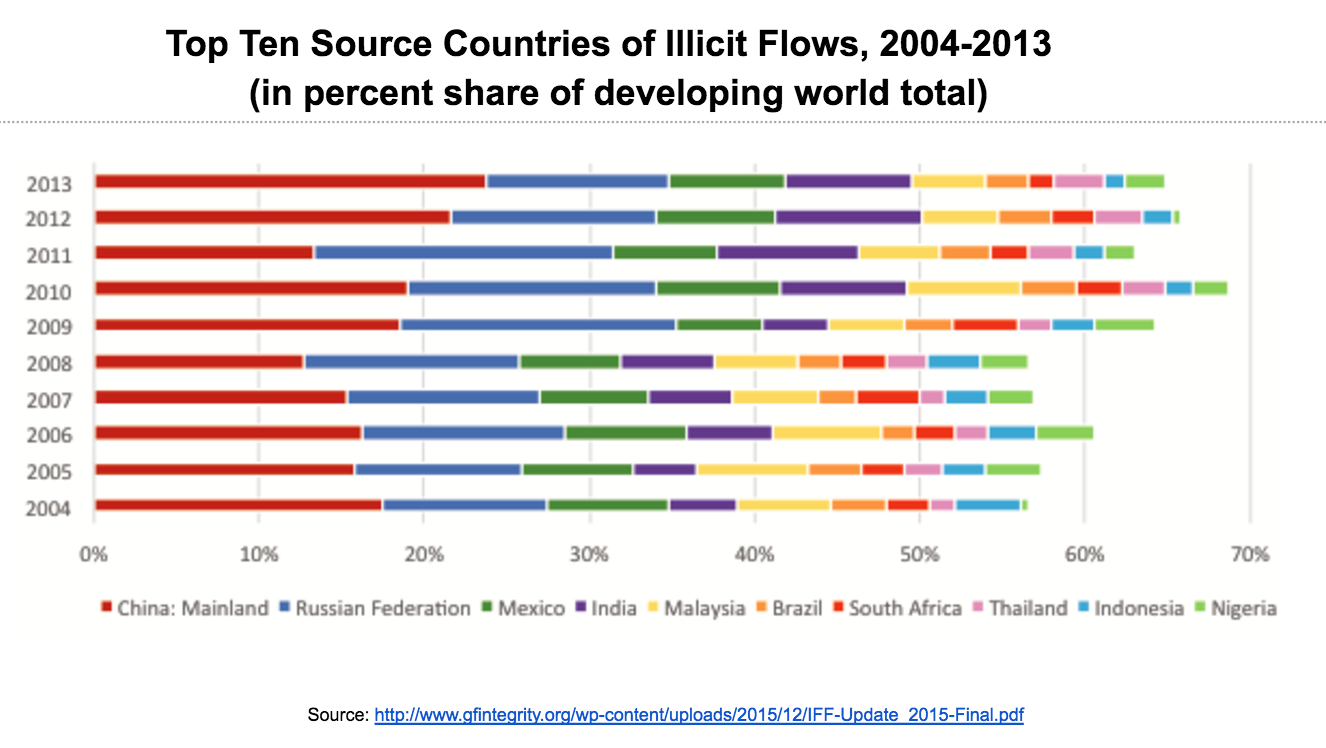
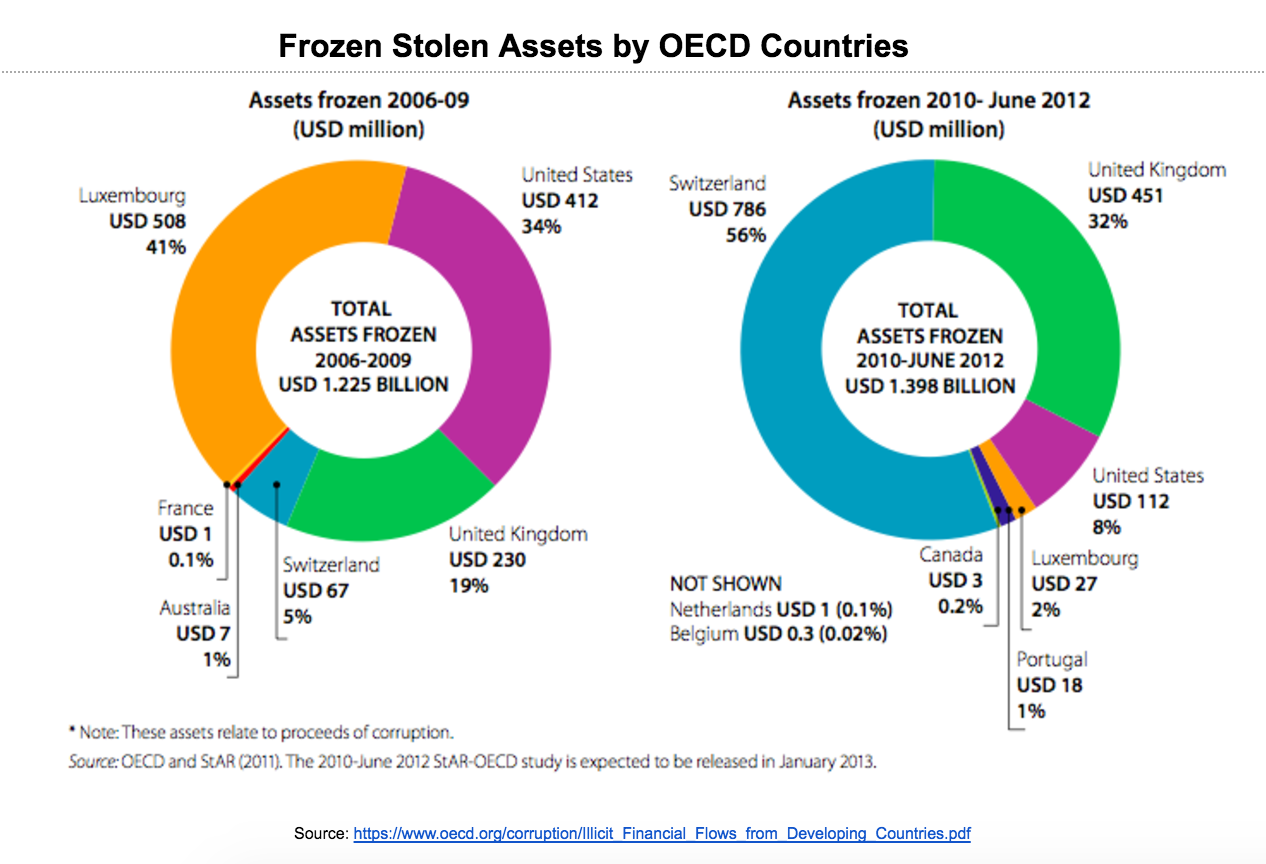

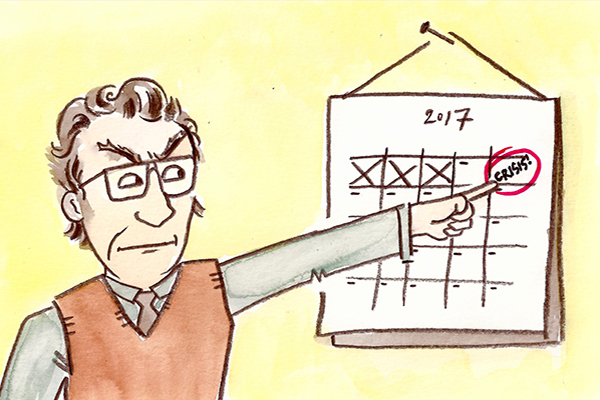
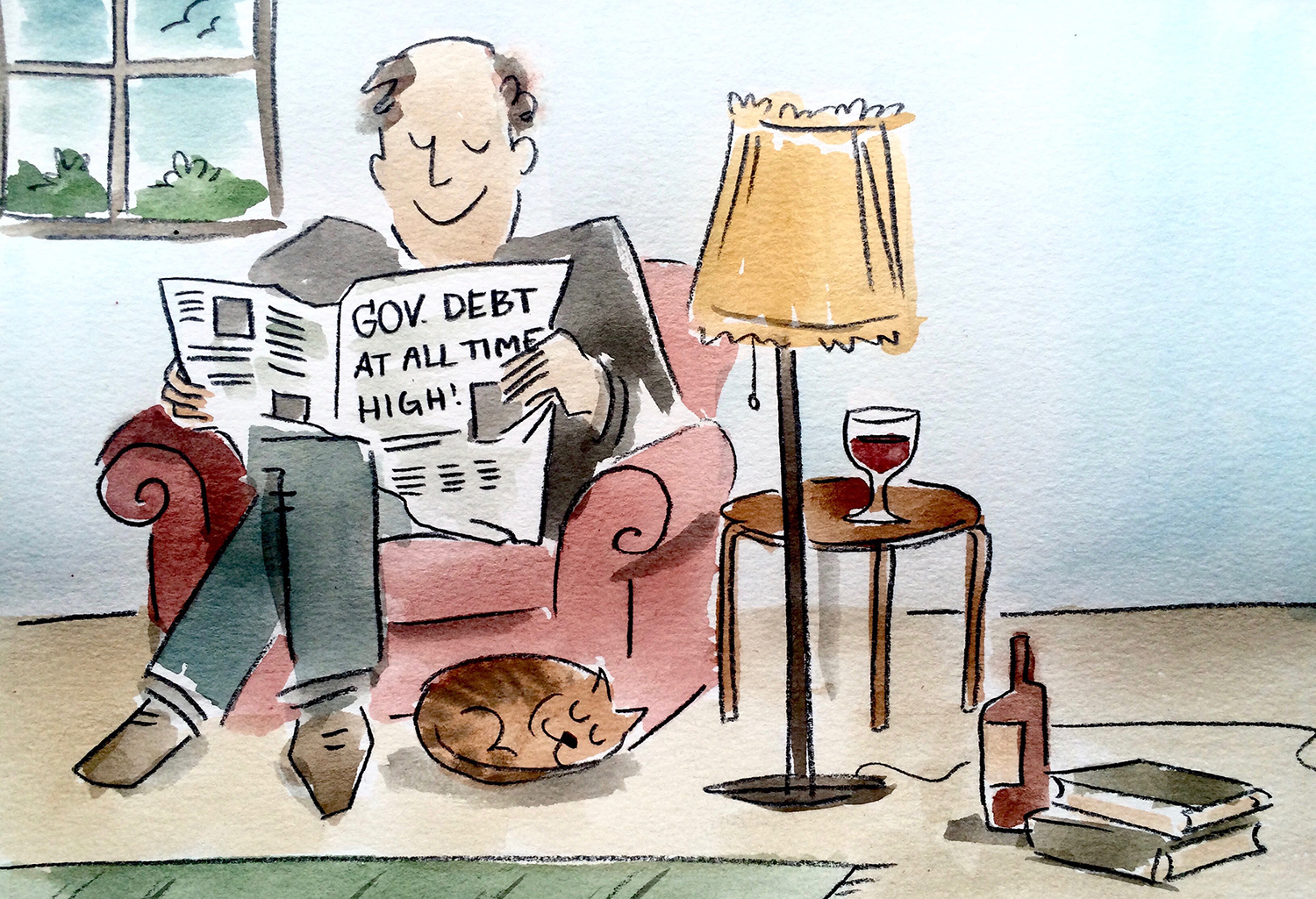





 In order for households to get enough deposits so they can pay back their debts, the government should run deficits that end up in their hands. The reliance on the private sector has taken priority over the public good, and most of the deposits have landed in the hands of the top 1%. They were supposed to “
In order for households to get enough deposits so they can pay back their debts, the government should run deficits that end up in their hands. The reliance on the private sector has taken priority over the public good, and most of the deposits have landed in the hands of the top 1%. They were supposed to “